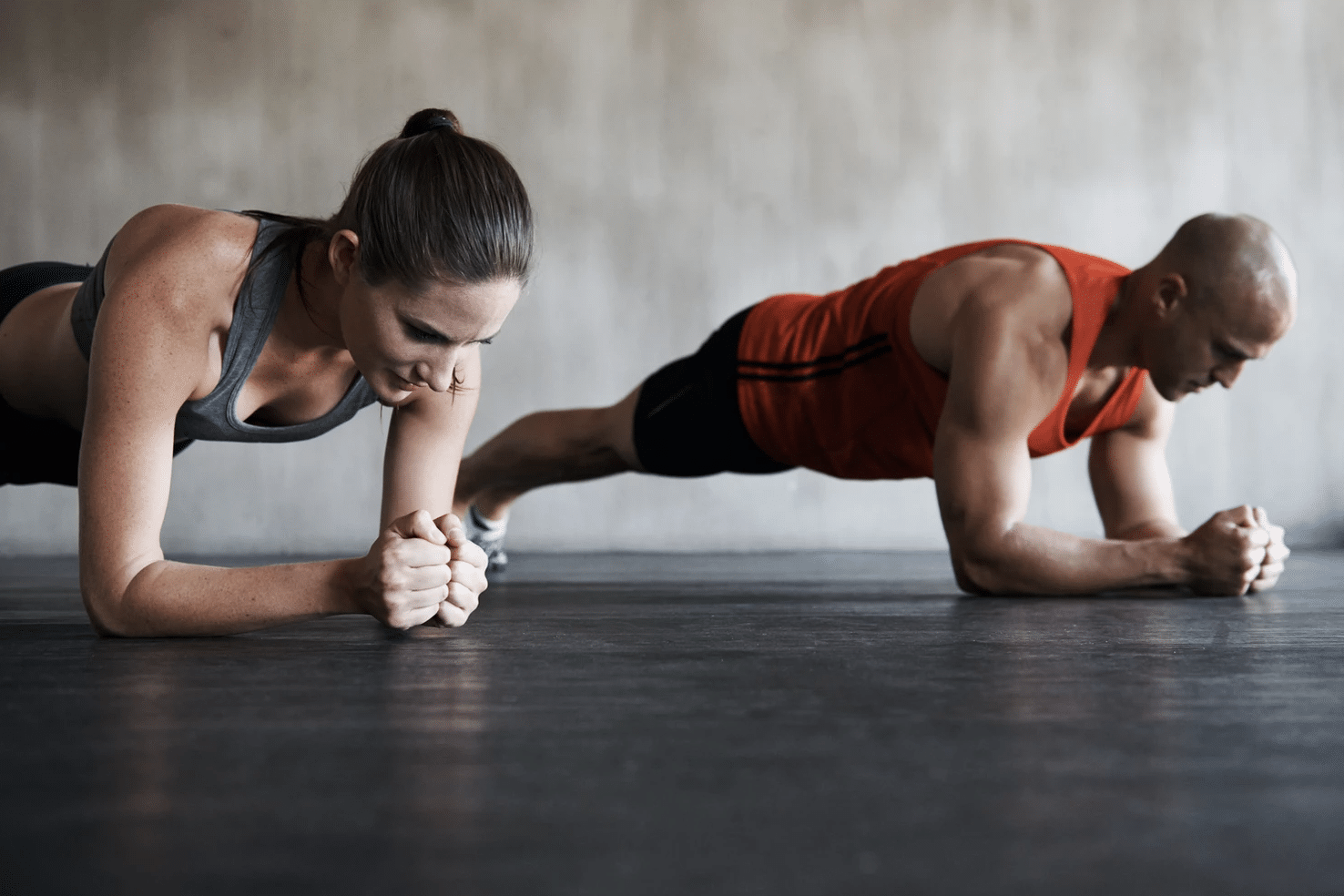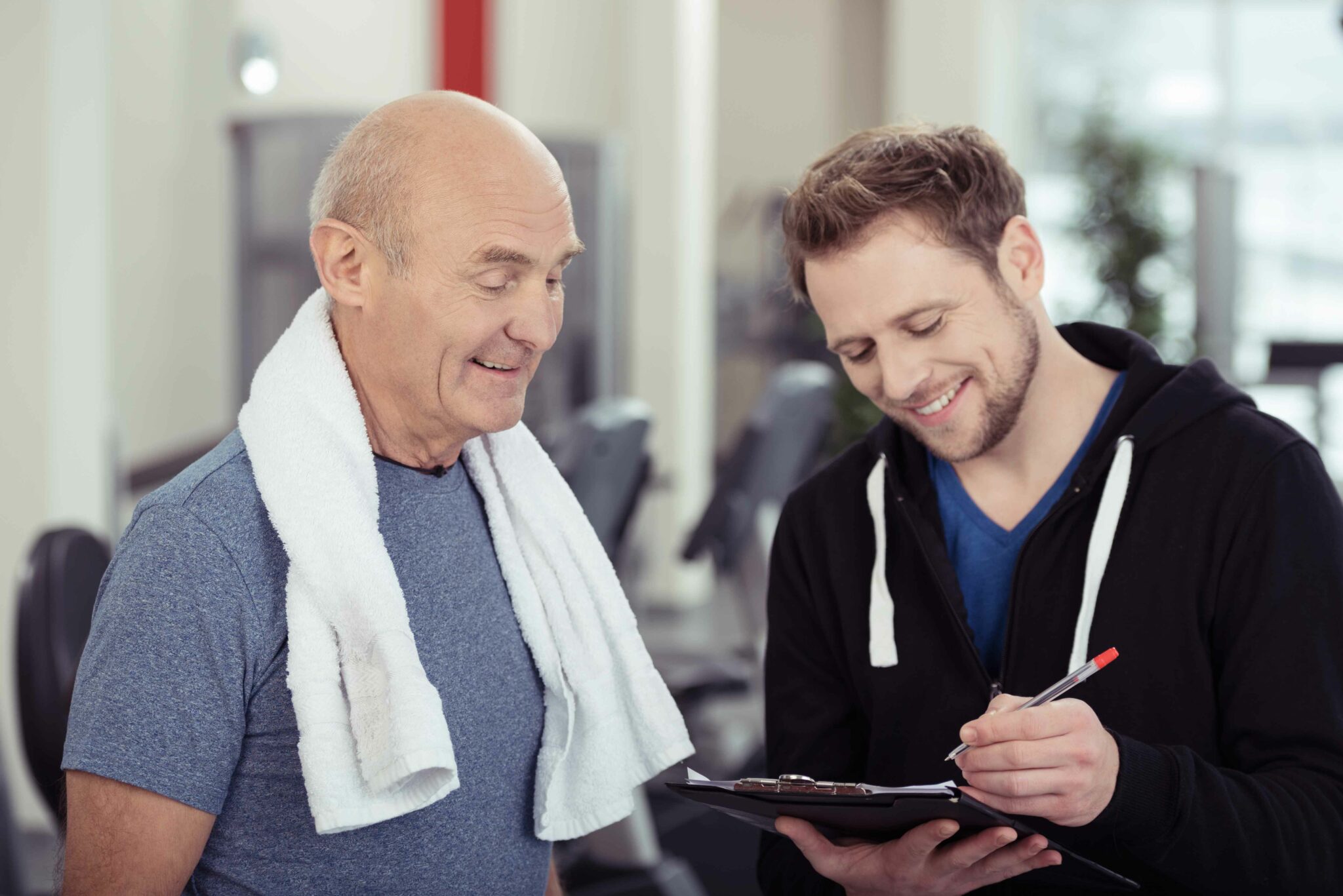
Why Exercise is the Key to Healthy Ageing
Have you heard about the mystical Chinese art of Qigong? If you have, I still believe that Qigong may remain something of a mystery to

Running is a great way to stay fit and feel great, but unfortunately due to the repetitive nature of running, it can also be a great way to get tight and stiff muscles. This in turn can affect the biomechanics of our running and make us inefficient and more prone to injury.
In order for our joints to move well we need to have a balance of flexibility and strength in our muscles so our joints can move optimally.
Stretching is an important component in maintaining this balance, so it is always a good idea to add a stretching routine as part of your running program.
Don’t have a stretching program? Or don’t know what muscles to stretch??
Well you’re in luck because I’ll be going through 4 great stretches that help to release key muscles that are notoriously tight in runners.
The hip flexors are a group of muscles that are responsible for bending/flexing the hip and run along the front of our hip/thigh. From the repetitive bending of the hip required during running, this muscle is quite commonly tight in runners. Combine that with all the sitting we do in our modern day lifestyles and it’s a recipe for tight hip flexors. Fortunately there’s a great stretch we can do to release our hip flexors.
The glute muscles are crucial in maintaining stability and control in the hip during running and are the muscles make up our buttocks/bottom area. When these muscles are tight they can influence how our hip moves and cause issues to other areas of our body.
This next stretch is a great one that covers most of the glute muscles.
The hamstrings play an important role in the running cycle, they run along the back of the thigh and are responsible for bending the knee and helping to extend the hip to propel us forwards.
Hamstring injuries are one of the most common sites of injury in runners and therefore an important area to keep flexible and strong. So if you ever feel that your hamstrings are tight after a run this stretch is a great one to do before and after a run.
The calf consists of two muscles, the soleus and gastrocnemius, which are responsible for lifting the heel up, so help propel us forward when we run and stop us from falling forwards when we run downhill (so a pretty important group of muscles!).
This is another region that is very commonly tight in runners but one that is easy to stretch. Below are two stretches you can incorporate into your routine one for each the gastrocnemius and the soleus.

As well as doing the above stretches you can use other methods to help stretch/release these muscles. I find foam rollers and spikey balls are a great way to release muscles as they can be more specific in releasing parts of these muscle groups that can be particularly tight and sore.
While stretches are a great way to improve your running, remember they are just one piece of the puzzle and should be used in adjunct with strengthening exercises (see my blog on some great hip strengthening exercises to complement these stretches).
So now that you’re equipped with all these new stretches, add them into your running routine and reap the benefits. Looking to balance your training program further? Speak to the team and learn about our assessment and programming to get even more out of running.
#runners #stretching #strengthening

Have you heard about the mystical Chinese art of Qigong? If you have, I still believe that Qigong may remain something of a mystery to

Have you heard about the mystical Chinese art of Qigong? If you have, I still believe that Qigong may remain something of a mystery to

Have you heard about the mystical Chinese art of Qigong? If you have, I still believe that Qigong may remain something of a mystery to